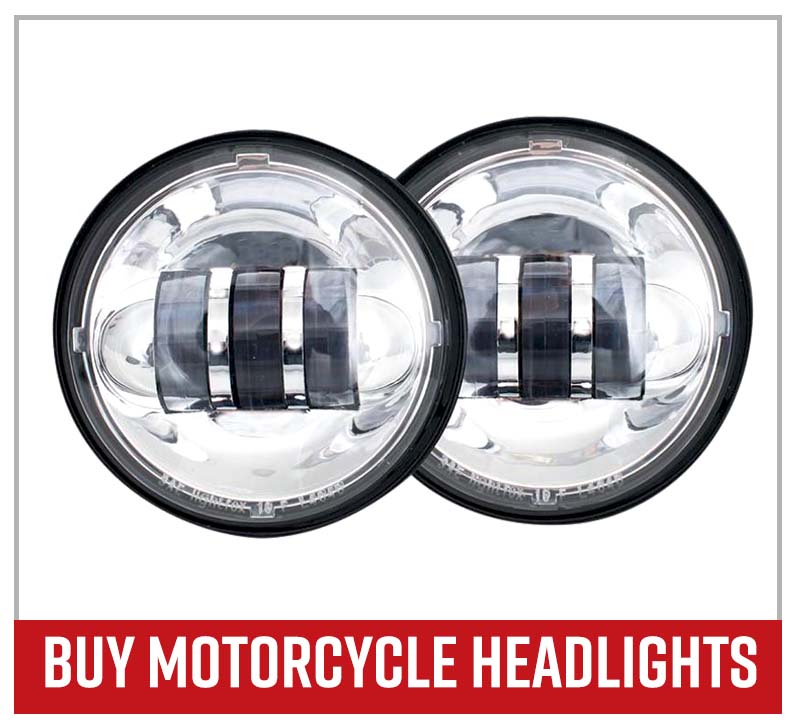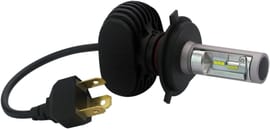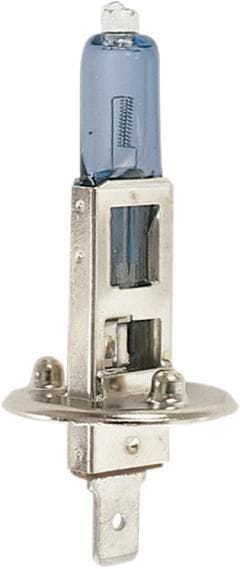Types of Motorcycle Headlights
Motorcycle headlight technology has vastly improved over the years. Headlights are more energy efficient, durable, and can be tailored in brightness, color, beam shape and focus to meet the needs of the rider.

Three different types of headlights have emerged to accomodate the lighting needs of today’s motorcycle riders. Here’s a quick guide to types of motorcycle headlights and their pros and cons.
Halogen Motorcycle Headlights
Halogen motorcycle headlights are probably what your motorcycle was equipped with from the factory. Inside the bulb is a tungsten filament with halogen gas, and when current flows through, it emits light.
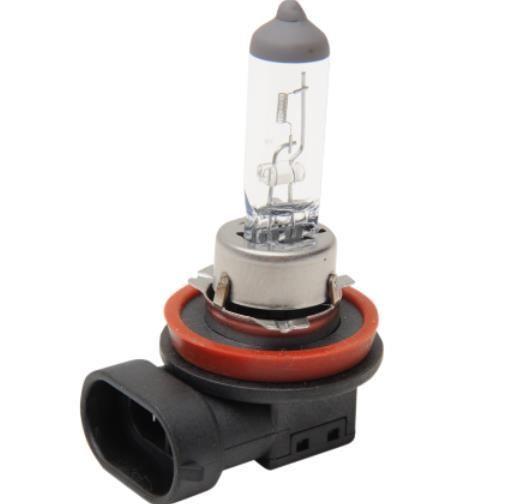
At the back of the bulb is a reflector that bounces the light out and forward. The light can be aimed using a projector lens to focus the beam onto the road.
PROS
- Bright and white
- Easy and cheap to replace
- Offer a retro look and feel
CONS
- Shorter lifespan than other types of lights
- Not as bright as HID or LED
HID Motorcycle Headlights
HID headlight bulbs use a large amount of electricity to create an arc across two electrodes, causing the gas to glow. The xenon glows at a lower temperature than the halogen, so there’s less heat. You can place the bulb in a reflector or projector setup, but the HID system is more complicated, and may require a ballast and a wiring harness to make it work.
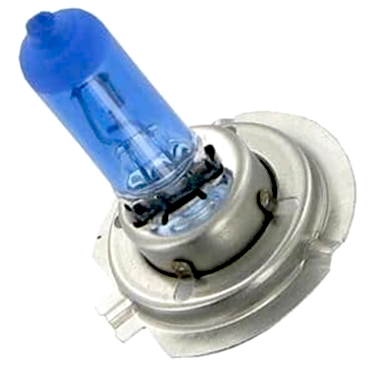
The light color is driven by the compound inside that little glass capsule in the bulb. Compounds are basically recipes, and every manufacturer can use slightly different compounds to produce unpredictable variances in the color from one brand to the next.
PROS
- Brighter
- Long lifespan
- Color of the light can be manipulated
CONS
- More expensive than halogen
- May require expertise to change the bulb
LED Motorcycle Headlights
LED headlight bulbs route electricity across a light-emitting diode, producing light and channeling it in whatever direction the bulb is designed to send it. Older versions created a lot of heat, but now fans or heat sinks address that issue.

The light will have a bluish tint to it. To offset that blue hue, manufacturers use a yellow phosphor filter to turn that blue light to white. They can keep adding phosphorus to get from a white to a warmer yellow hue.
PROS
- Energy efficient
- Long service life
- Straightforward installation
CONS
- Expensive to replace
- Not as common as standard reflective headlights
- Can be larger than standard bulbs because they need to manage heat with a fan or heat sink
- The way the light is distributed from the bulb might not agree with the reflectors in your headlight housing
Motorcycle Headlight Beam Patterns
When you’re choosing a headlight, consider how the bulbs fit onto your motorcycle. Generally, you’ll have either a reflector or a projector headlight housing.
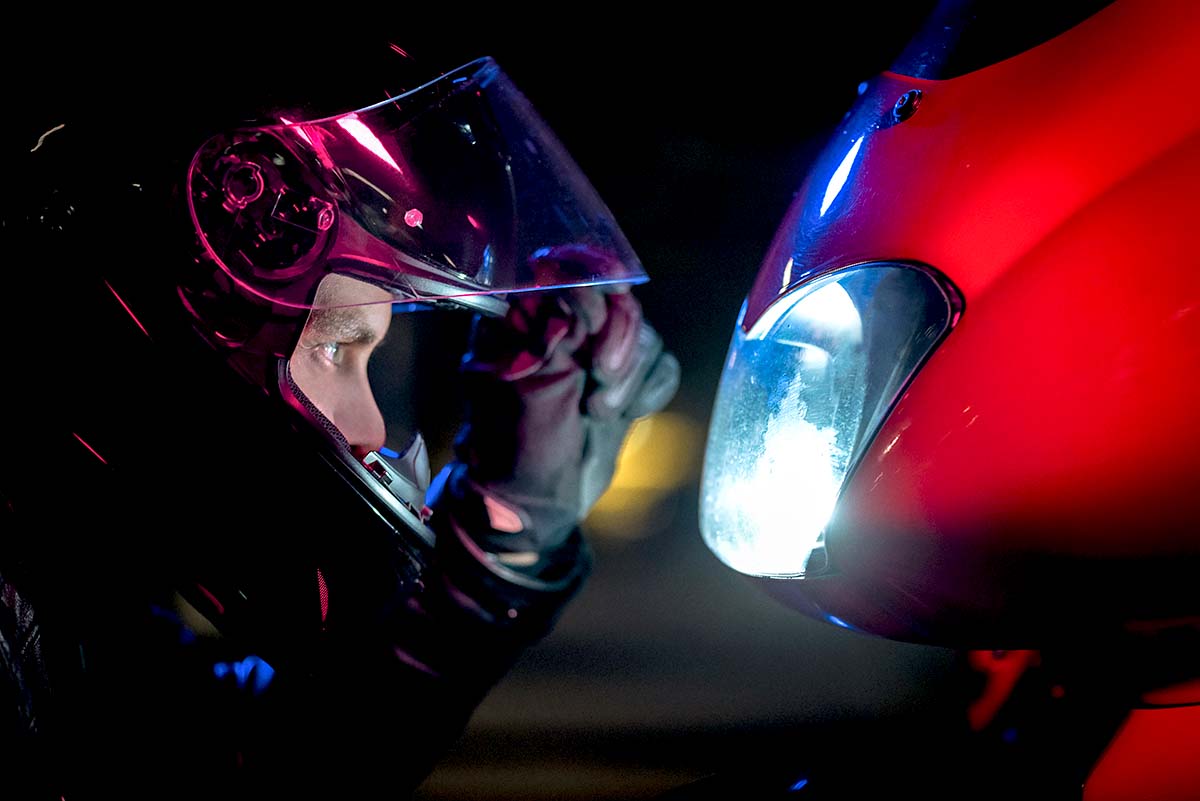
The reflector has mirrors behind the bulb that reflect the light out onto the road. On the other hand, the projector uses some sort of chrome bowl to reflect the light forward and a glass lens focuses the light. A reflector setup allows you to use just about any type of headlight you want, but the LED bulb’s unidirectional setup means it might not agree with the directional setup on a projection headlight.
